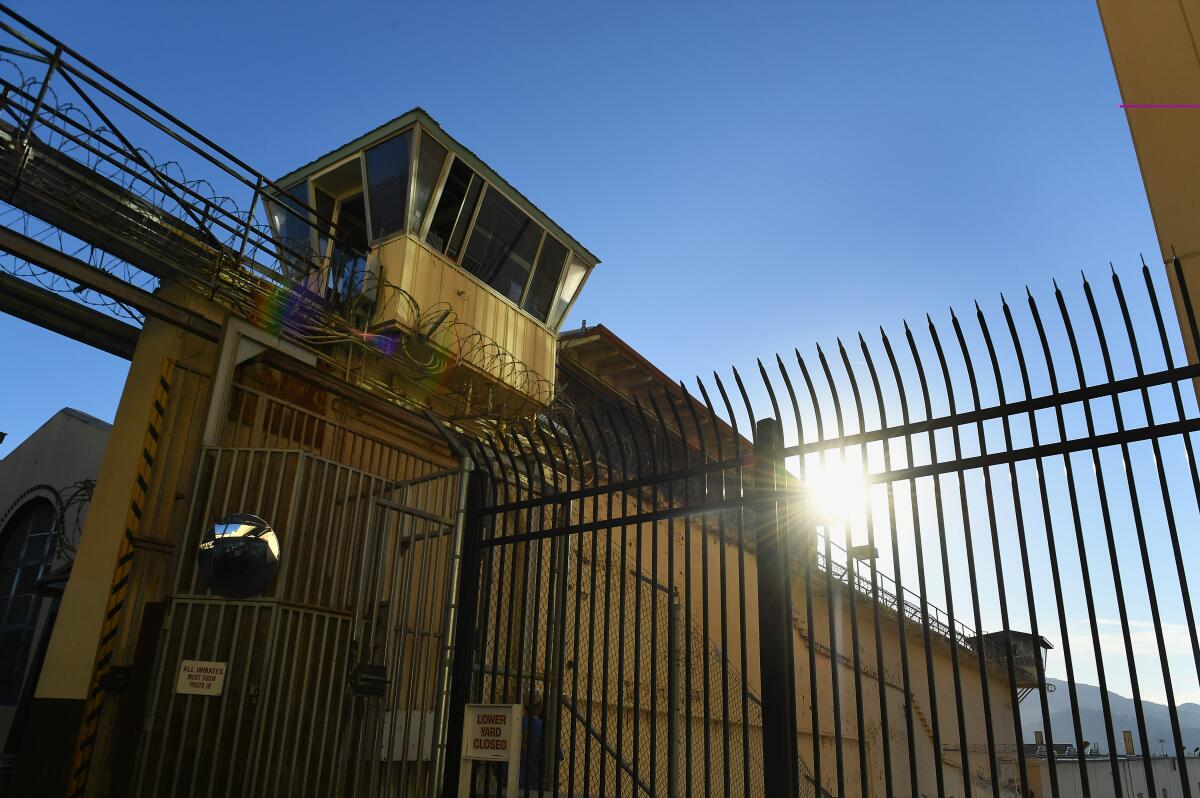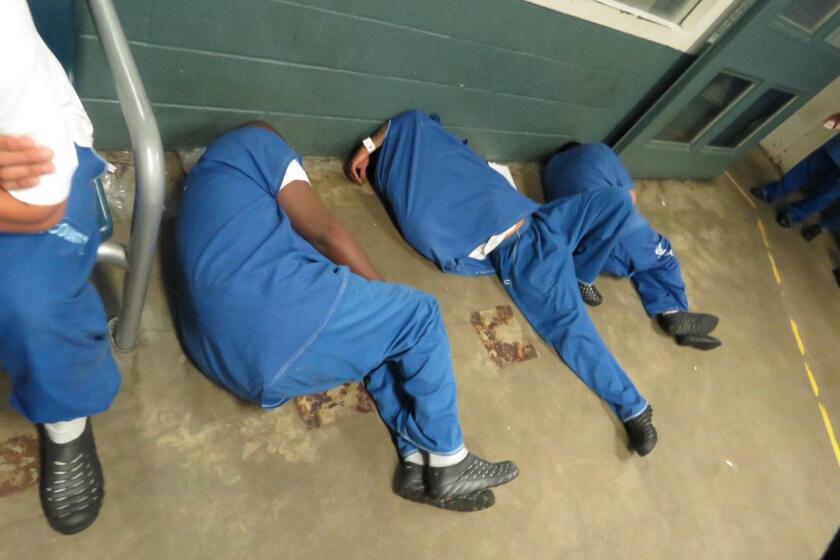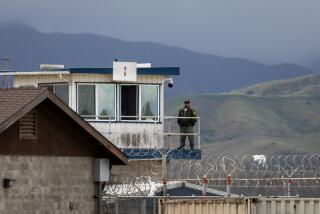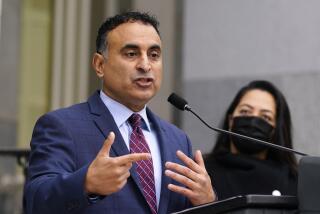Editorial: California locks people in prisons, and locks out reporters and even lawmakers

- Share via
California’s $31.5-billion budget deficit is bad news for good bills. If proposed legislation carries a price tag, even if it’s speculative, it’s going to have a hard time getting past this week’s appropriations deadline and onto the floor of the state Senate or Assembly for a vote.
Lawmakers who encounter resistance may take their bills out of contention and bring them back the following year, rather than allowing them to be killed. It can be a smart tactical move — and it can also be disappointing, when the bill in question would advance the public’s power to scrutinize its government.
So it’s a shame that Senate Bill 254 won’t make it to the Senate floor this year. That’s a bill by Sen. Nancy Skinner (D-Berkeley) to make state prisons and county jails accessible to reporters (and lawmakers), whose access was sharply restricted amid the fear of the Black Power movement in the early 1970s and again in the tough-on-crime era of the 1990s.
Political cowardice has given us a half-century of increasingly inhuman incarceration conditions and has diminished safety both inside and outside Los Angeles County jails.
The California Department of Corrections and Rehabilitation currently grants some media requests to tour prisons and interview incarcerated people, and some county sheriffs do the same with their jails. But they don’t have to. The bill would restore a presumption in favor of media access subject only to reasonable time, place and manner restrictions necessary to safely manage the institutions and the volume of requests.
Other states are well ahead of California in granting access. Skinner’s bill is modeled on thoughtful and well-balanced legislation in — surprise! — Florida.
If reporters had regular access to California prisons in the early 2000s, the public might have had a better understanding of the shocking overcrowding and denial of basic health and rehabilitation services that ultimately led to a court order to release thousands of prisoners. The same is true of the meltdown in Los Angeles County jails today. Government spending, administration and bureaucracy should not be shielded from public view on the specious argument that secrecy is necessary to maintain order and safety.
Reporters were blocked from interviewing particular incarcerated people beginning in 1971, following a notorious escape attempt at San Quentin involving George Jackson, author of a bestselling book critiquing racism, American society and prison. Officials believed that Jackson’s literary fame led directly to the incident in which three guards, Jackson and two other inmates died.
A bill to protect authorized reporters who cover protests after police close areas to the public is good, as far as it goes, and deserves support.
But the violence occurred after Jackson visited with his lawyer, not a reporter.
Beginning in the mid-1990s, reporters were blocked from regularly touring prisons, seeing the cellblocks and from conducting interviews with prisoners they encountered inside, in the belief that criminals profit from publicity. State corrections authorities also have discretion to limit lawmakers’ access to the prisons.
The restrictions gave wardens and sheriffs enormous control over their institutions and virtual secrecy over how they manage them.
The bill would prevent any incarcerated person from being paid for an interview, and includes measures to permit officials to keep order. Visits would be by appointment and subject to reasonable time, place and manner restrictions.
The horrific abuse of incarcerated people and even visitors in Los Angeles County jails that was called out by whistleblowers probably would have been caught earlier — or would not have happened at all — if reporters had the kind of access contemplated by the bill.
Bills to restore media access to prisons and jails were passed, and vetoed, nine times between 1997 and 2012. Give Skinner credit for trying again this year — and again next year, when, with luck, SB 254 will be back.
More to Read
A cure for the common opinion
Get thought-provoking perspectives with our weekly newsletter.
You may occasionally receive promotional content from the Los Angeles Times.












